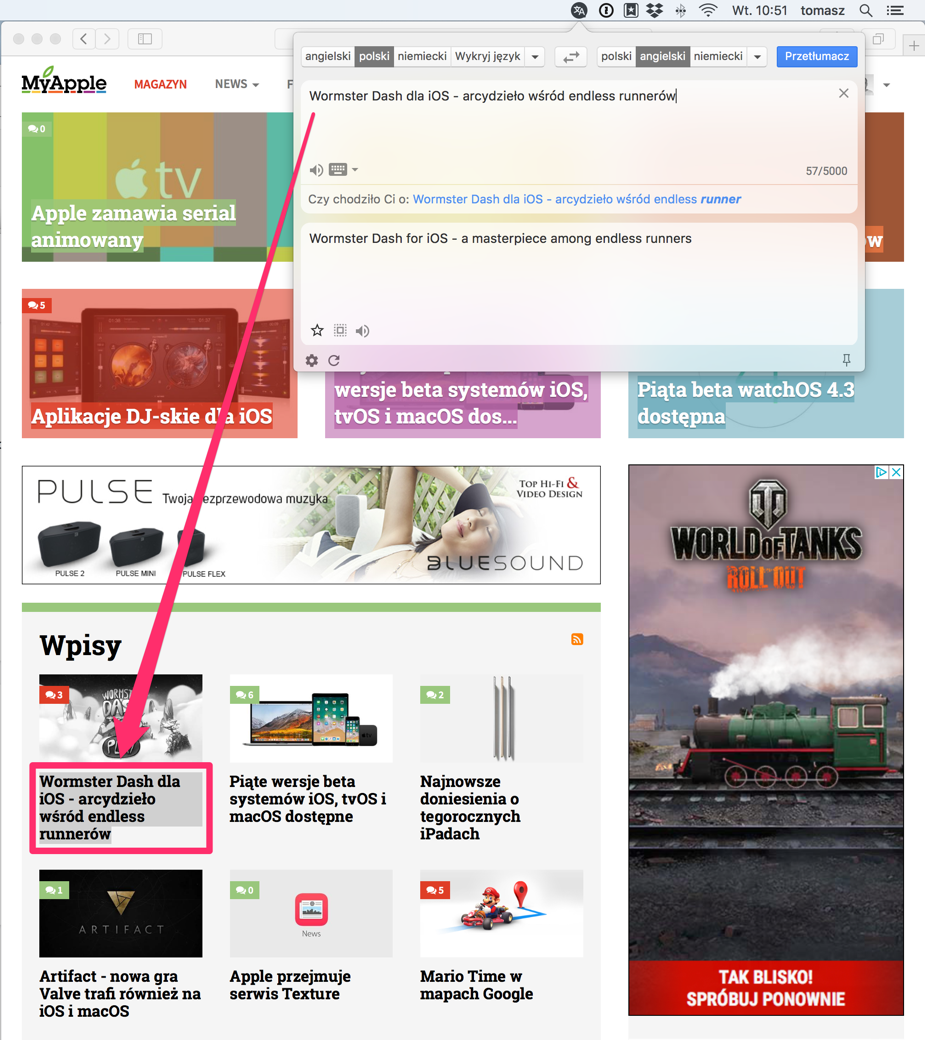

- #Google translate tab query full#
- #Google translate tab query android#
- #Google translate tab query free#
If Chrome determines that your typing may contain sensitive information, such as authentication credentials, local file names, or URL data that is normally encrypted, it will not send the typed text. When in Incognito mode, in order to provide these suggestions, Chrome relies on an on-device model that does not communicate with your default search engine until you select a suggestion. When Chrome preconnects, it resolves the search engine’s IP address and connects it to the search engine, exposing your IP address. Chrome will not preconnect if you have either turned off “Preload pages for faster browsing and searching” in the “Cookies” part of “Privacy and security” section or "Autocomplete searches and URLs" in the “Sync and Google services” section of Chrome's settings. To provide suggestions and search results faster, Chrome may preconnect to your default search engine in the background. Your IP address and certain cookies are also sent to your default search engine with all requests, in order to return the results that are most relevant to you. That signal includes the URL of the currently displayed search engine results page. Chrome will also send a signal to your default search engine when you focus in the omnibox, telling it to get ready to provide suggestions. When not in Incognito mode, in order to provide these suggestions, Chrome sends the text you've typed into the omnibox, along with a general categorization (e.g., "URL", "search query", or "unknown"), to your default search engine. They can be turned off by unchecking "Autocomplete searches and URLs" in the “Sync and Google services” section of Chrome's settings. These suggestions make navigation and searching faster and easier, and are turned on by default. Google Chrome uses a combined web address and search bar (we call it the “omnibox”) at the top of the browser window.Īs you use the omnibox, your default search engine can suggest addresses and search queries that may be of interest to you. For issues that include confidential information, please use this link. If you want to report a privacy issue, you can file it in our public bug tracker.
#Google translate tab query free#
If you have a question about Google Chrome and Privacy that this document doesn’t answer, please feel free to ask it in the Community Forum.
#Google translate tab query android#
This document does not cover features that are still under development, such as features in the beta, dev and canary channel and active field trials, or Android apps on ChromeOS if Play Apps are enabled. Here we’re focusing on the desktop version of Chrome we touch only tangentially on ChromeOS and Chrome for Mobile.


This document also describes the controls available to you regarding how your data is used by Chrome. This document describes the features in Chrome that communicate with Google, as well as with third-party services (for example, if you've changed your default search engine). We're not sure if the UI as seen here is best suited to be anchored at the top of the page and we're not exactly sure how we'd like this experience to translate (ha) on mobile, but it's something Google needed to get on and we're glad there are vital signs here.Last modified: Febru(Current as of Chrome.

A similar desktop translation experience was recently made available through Google Lens on Chrome, though it is a bit more involved and might take you out of focus. This feature comes particularly handy when you're dealing with mixed-language content, something Google's existing Translate auto-suggestion tool doesn't pick up on like it does for entire pages of text in a different language. The actual partial translation function isn't working at this stage, but that's to be expected when you're digging through Canary.
#Google translate tab query full#
And then, well, there's the "Translate full page" button right there if they so wish to get the full picture. They can also hit the three-dot menu to switch the destination language itself or indicate that the origin language isn't correct. Users can switch to the destination language tab to see what the passage means. A small Google Translate prompt box appears with the text selection populated in what Google believes to be the display language.


 0 kommentar(er)
0 kommentar(er)
